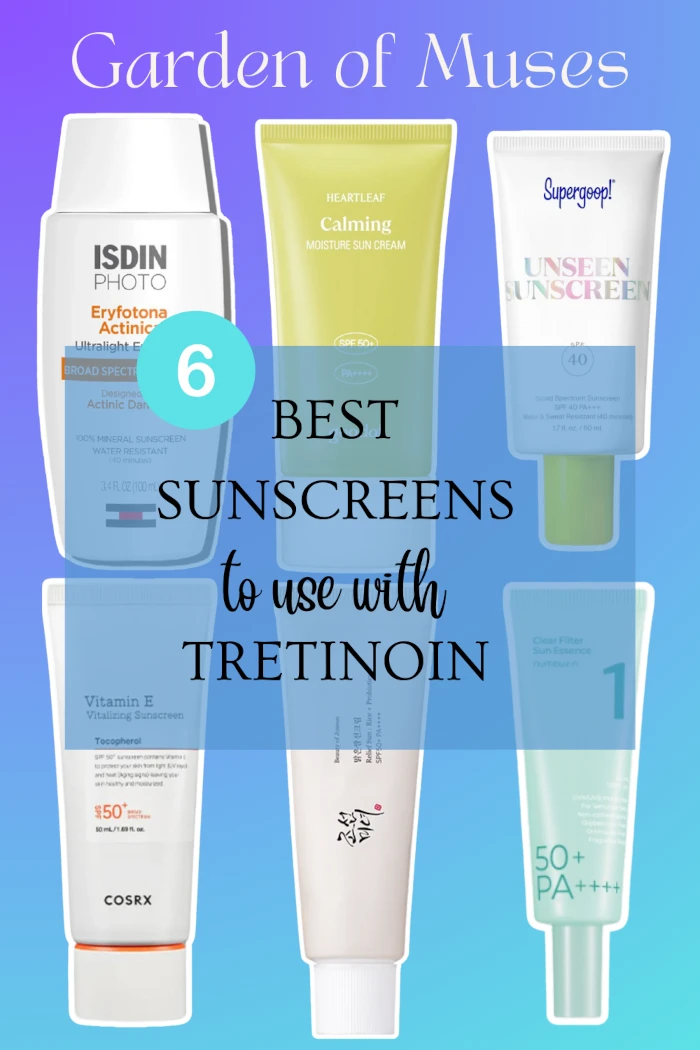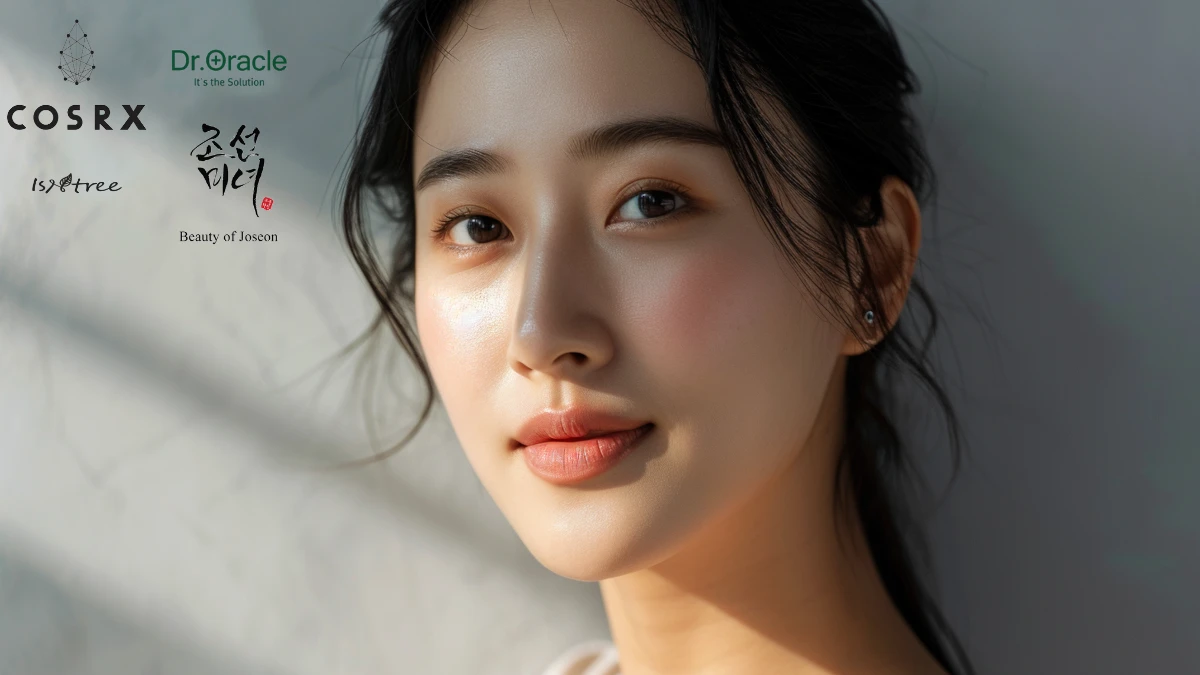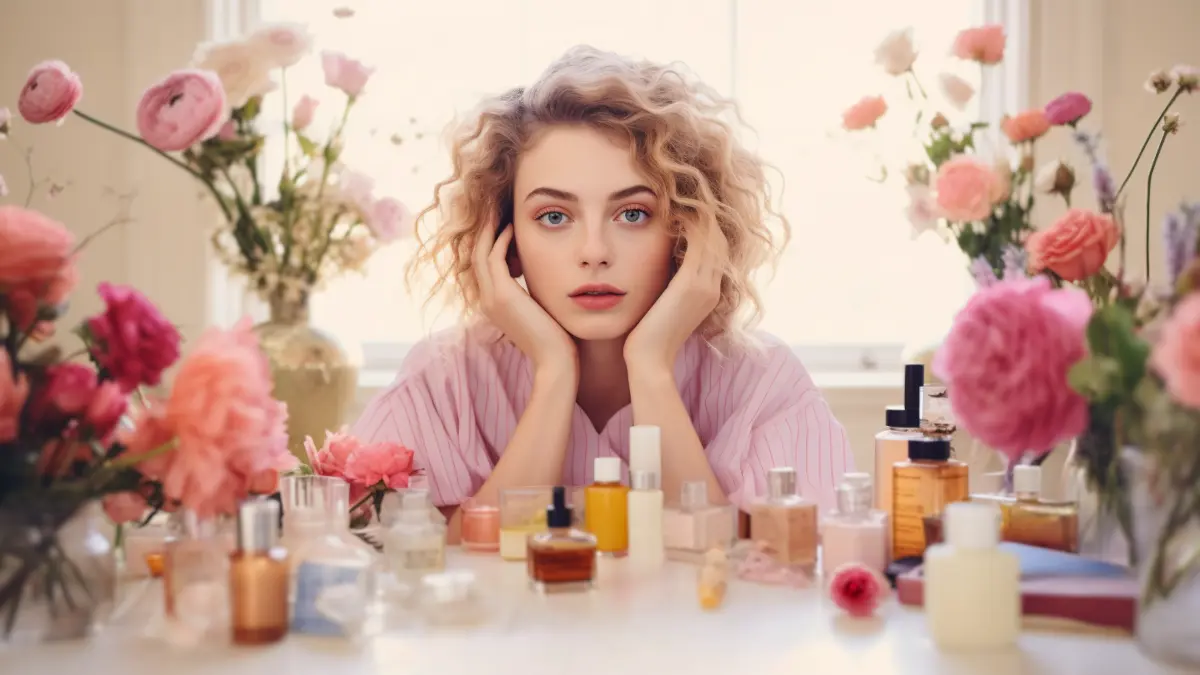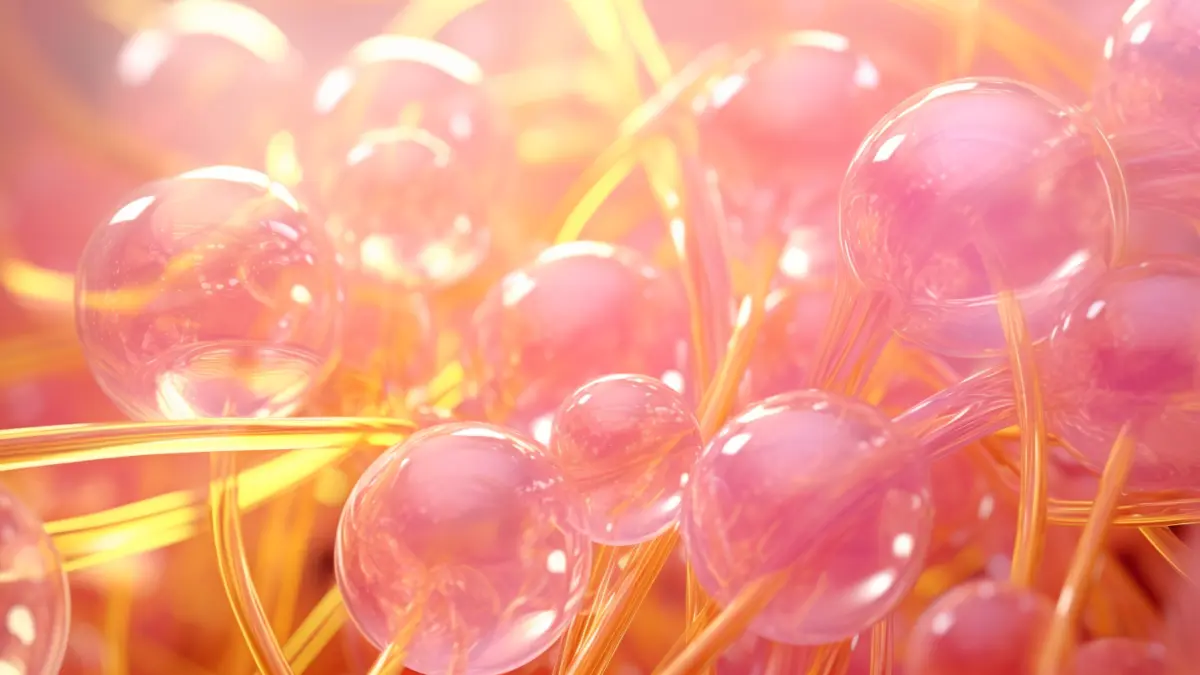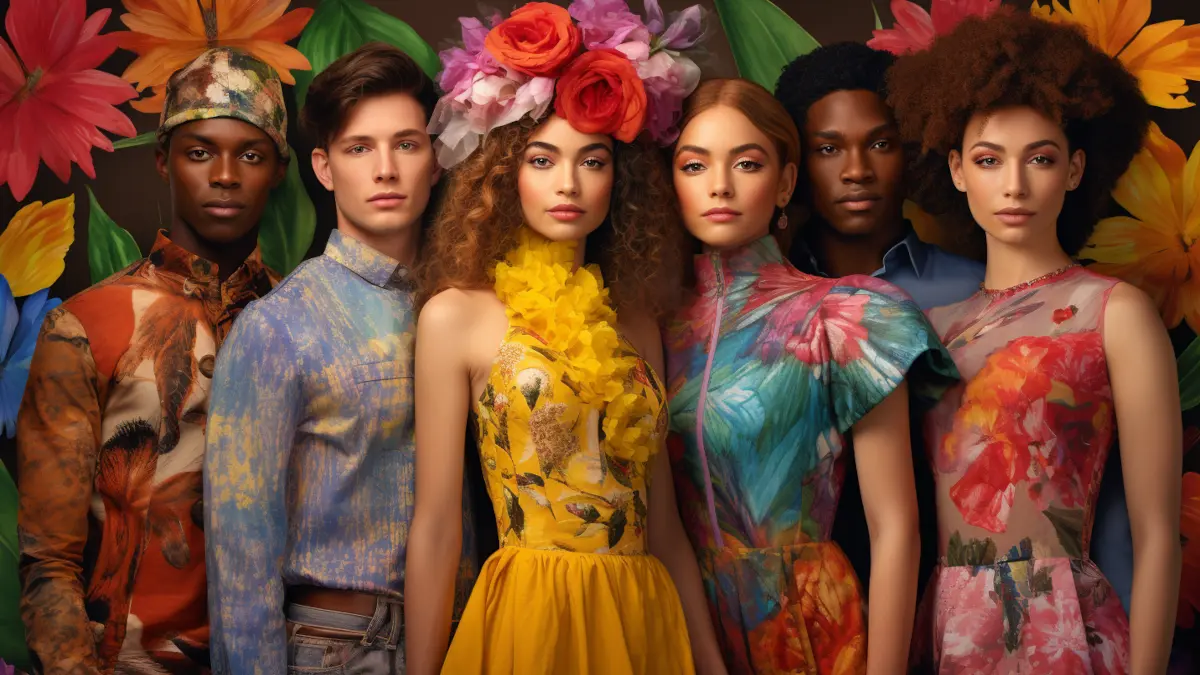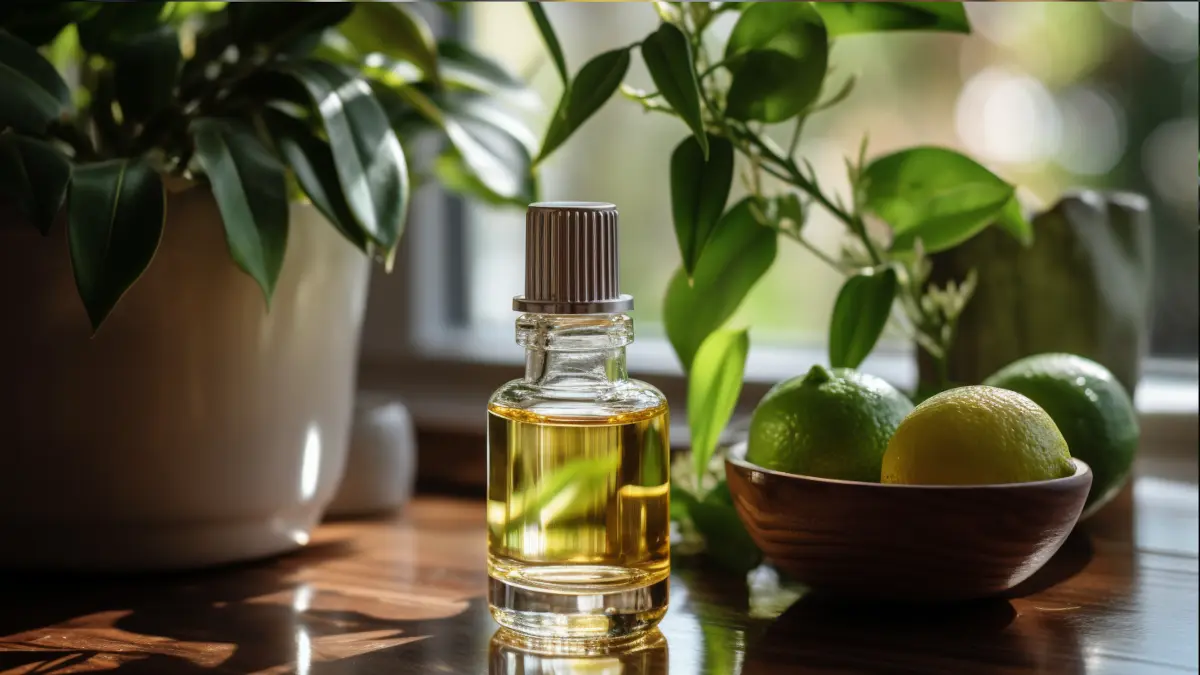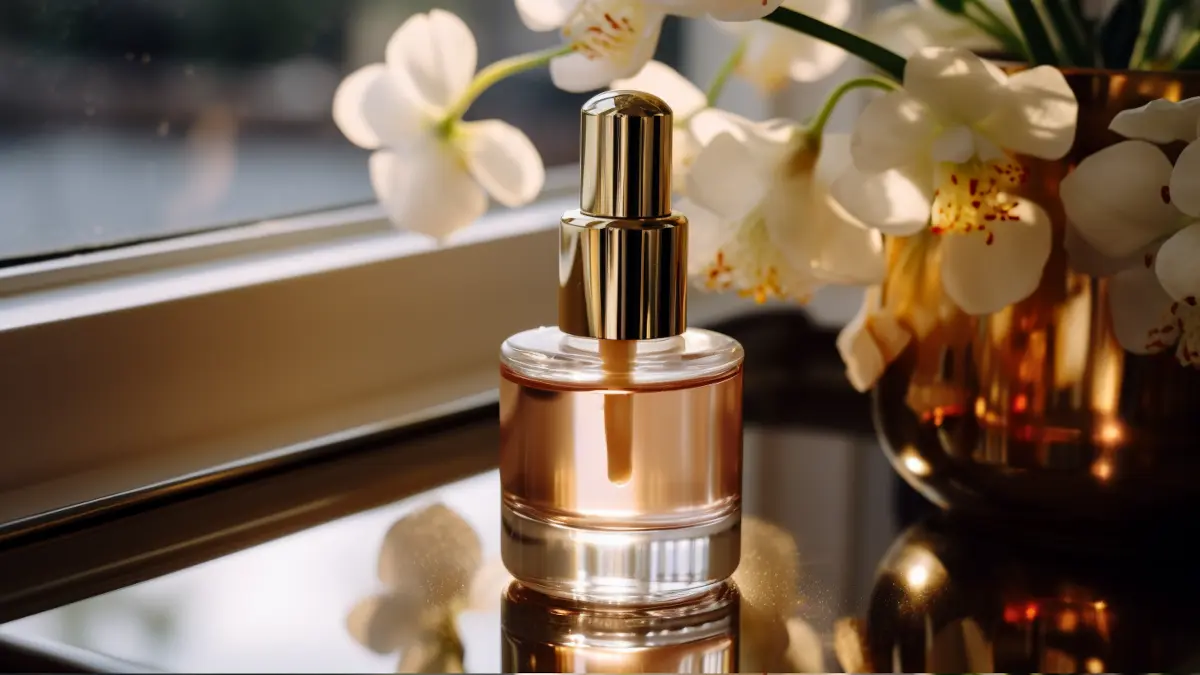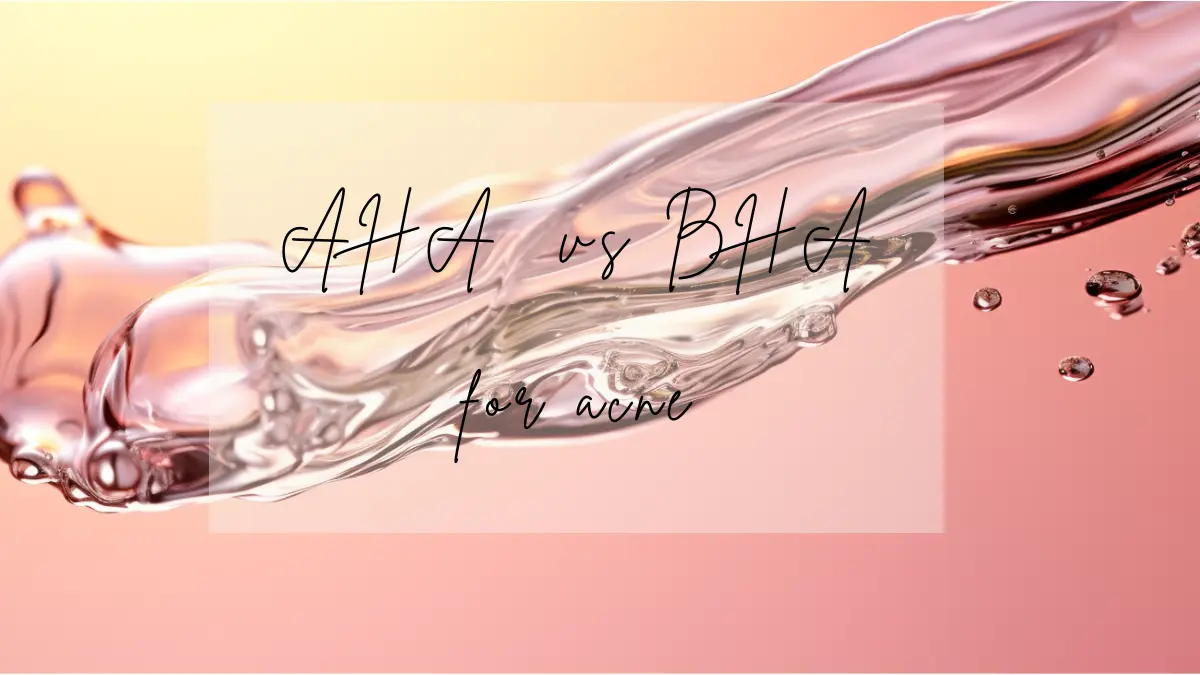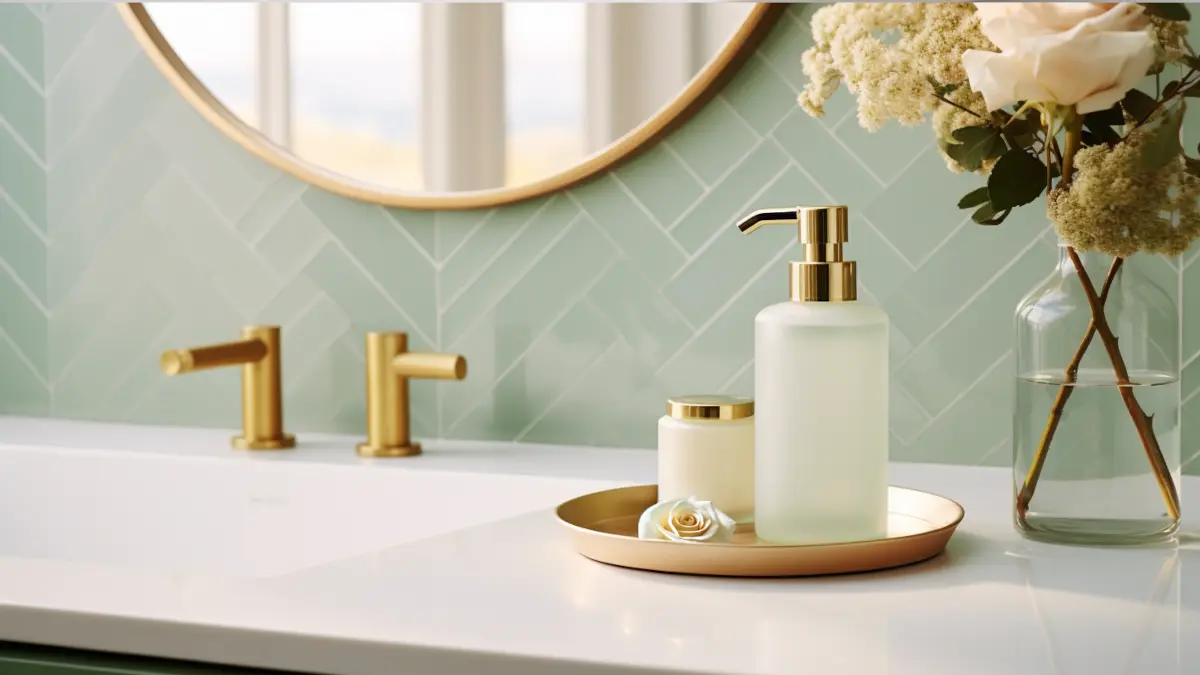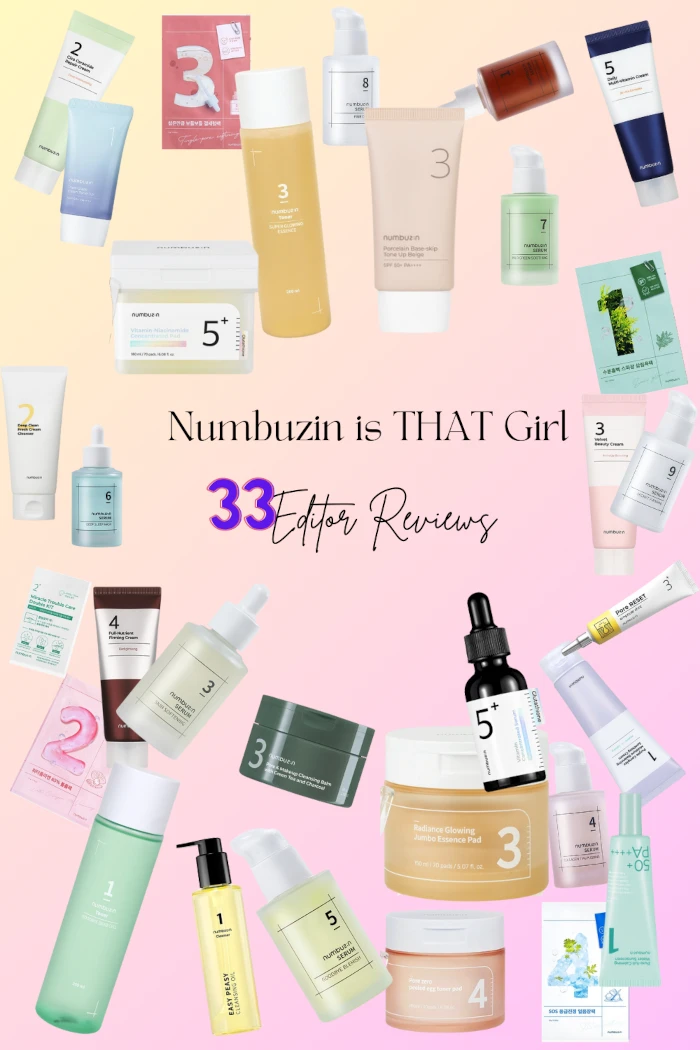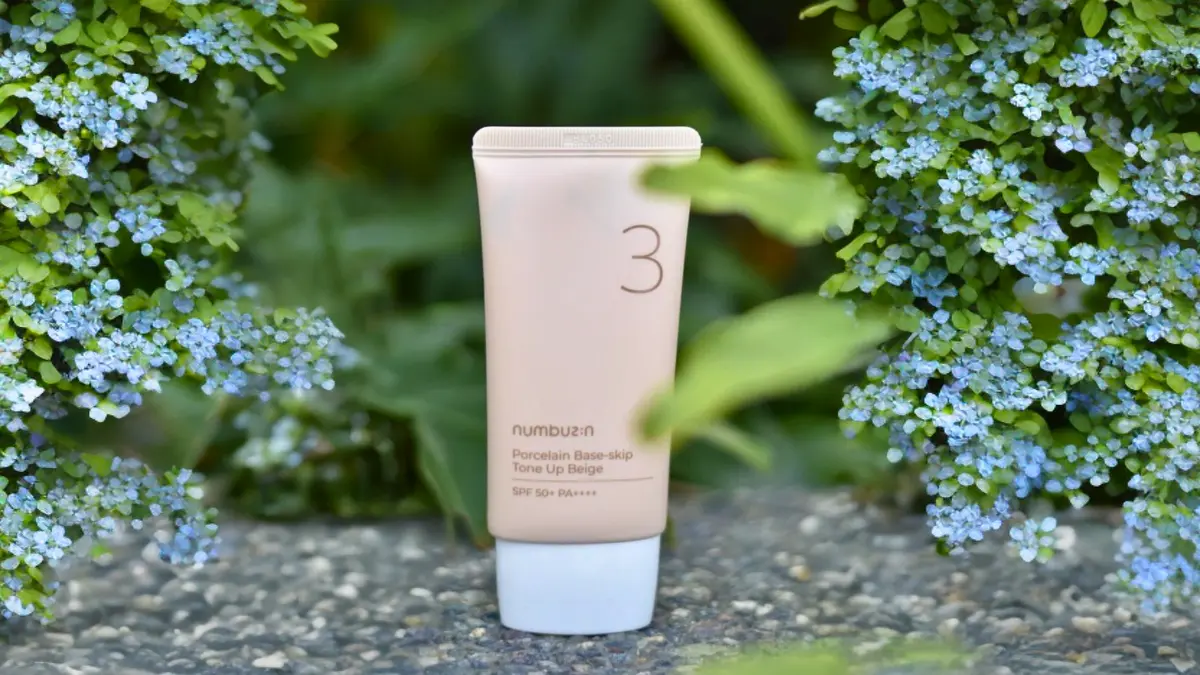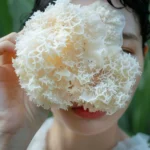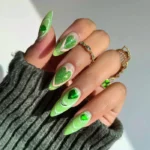Tretinoin, a form of vitamin A, is a well-established treatment for acne. Tretinoin is also highly effective as an anti-aging ingredient. It improves wrinkles, brightens and smooths the complexion, lightens age spots, and tightens sagging skin.
But tretinoin also increases sun sensitivity. Therefore, sun protection is vital to avoid sun damage. It is mandatory on any retinoid. So, tretinoin and sunscreen go hand in hand. If you’re unfamiliar with tretinoin, read our Complete Guide to Tretinoin first.
So you’re keen on starting tretinoin (aka Retin-A), and you’ve seen the stellar before and after pictures. But you’ve also heard that tretinoin is not your average Aloe Vera gel.
If you cannot wait and want to buy sunscreen right now, you can get the best sunscreen for tretinoin users from the list below. Grab one, and you’re ready.
[Editor’s note: Retinoids shouldn’t be used by those who are pregnant, considering getting pregnant, or nursing. Please consult with your doctor before use.]
The Best Sunscreens for Tretinoin Users:
How to Choose the Best Sunscreen to Use with Tretinoin:
- What Type of Sunscreen Should I Use with Tretinoin?
- How Much Sunscreen Should I Apply?
- When to Reapply Sunscreen?
- What Happens If I Don’t Wear Sunscreen While Using Tretinoin?
- Should I Stop Using Tretinoin during the Summer Months?
- Should I Continue Using Sunscreen Even If I Am Breaking Out?
- Best Sunscreen to Use with Tretinoin
- Final Thoughts
What Type of Sunscreen Should I Use with Tretinoin?
SPF is a scientific measure of how long sunscreen will protect you from UVB rays only (the ones that cause you to burn). For example, using an SPF of 30 means it takes 30 minutes longer to burn than when you’re not wearing it. SPF 50 = 50 minutes longer, etc. These numbers have been found by careful lab testing.
Not using sunscreen leaves your skin extremely vulnerable to sun damage and does more long-term harm than short-term good. Deep-color-skinned folks also need to wear sunscreen!
I can not stress this enough: if you cannot commit to sunscreen daily, do not start tretinoin. Tretinoin can make you sun-sensitive for up to 2 weeks, so wear sunscreen for up to 2 weeks after stopping tretinoin.
With tretinoin, dermatologists agree you should look for a broad-spectrum SPF 30 or higher. A quick reminder is that UVA rays cause tanning, hyperpigmented sunspots, fine lines, and wrinkles. UVB causes sunburn. Both can cause skin cancer.
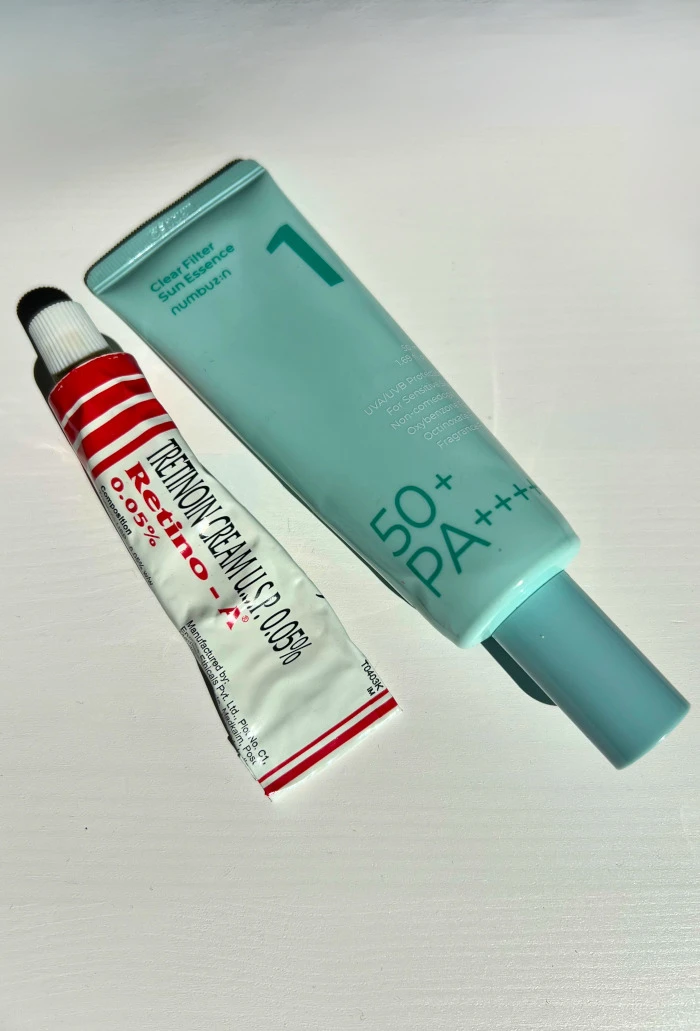
Physical vs. Chemical
SPF can work in one of two ways:
- By blocking out the sun’s rays with an opaque coating on the skin – physical or mineral sunscreens
- By causing a chemical reaction, the UV rays are absorbed and changed into another type of energy – chemical sunscreens.
Physical sunscreens contain mineral ingredients like titanium oxide and zinc oxide. These ingredients reflect the UV light before it penetrates the skin and causes damage. This form of sunscreen is often thicker in texture, more difficult to spread, and can give the appearance of a white or grey cast on the skin.
Chemical sunscreens are often made of oxybenzone, avobenzone, octisalate, octocrylene, homosalate, or octinoxate. These ingredients act to absorb UV rays before they damage the skin. They are lighter in consistency, easier to spread, and don’t produce a white-cast on the skin.
I guess from the above, you would assume that chemical sunscreens sound like the better choice. However, some chemical sunscreens have been found to cause allergic reactions and irritation in sensitive skin types.
On the other hand, physical sunscreens are thicker and heavier, so they may not be the best choice for oily and acne-prone skin. However, these sunscreens are helpful because they show you where you have applied sunscreen and what areas may have been missed.
Both have pros and cons, but like many skincare products, it comes down to trial and error regarding which ones you prefer and what skin type you have.
You don’t need to wear both, but if you prefer, you can find some sunscreens on the market that contain both physical and chemical SPF ingredients.
Broad-Spectrum
This is the one that protects you from both UVB and UVA radiation. So, you’re getting protection from UVB’s burning effects and UVA’s aging effects.
What Does PA Stand For?
The “SPF” rating only rates UVB protection, not UVA protection.
You may have also seen the letters PA on some sunscreens, followed by plus signs (PA+, PA++, PA+++, and PA++++). This rating system was developed in Japan and represents how much UVA protection the product offers. The more plus signs, the better you are protected from UVA radiation (the one that causes aging).
Simply put, if our bare skin started tanning (the first stage of UVA skin damage) in 10 minutes, and then we applied sunscreen on our skin, then only started tanning in 160 minutes, the sunscreen has a PPD of 16. PPD is thus a UVA damage resistance multiplier for the skin.
The PA system is what Asian beauty products are most commonly classified under, rather than disclosing their PPD outright.
| PA++++: | PPD 16 or higher |
| PA+++: | PPD 8-15 |
| PA++: | PPD 4-7 |
| PA+: | PPD 2-3 |
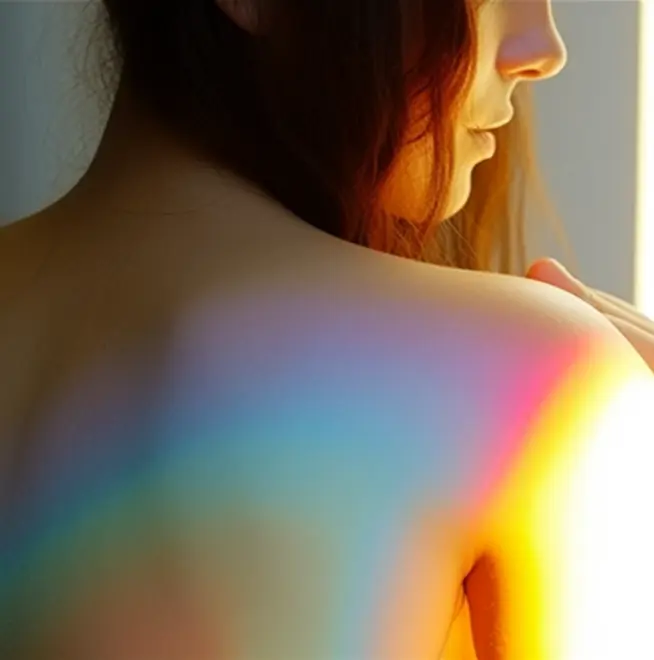
So we want photostable UV filters, especially for most of us who don’t reapply sunscreen throughout the day.
We often get stuck in discussions on PPD values, filter preferences, and so on, but even the best sunscreen on paper won’t do any good if you dread applying it or apply too little.
Another critical point is that sunscreen is only one aspect of appropriate sun protection. It should be complemented by UPF hats and clothes and wise sun behaviors like avoiding sunbathing, seeking shadow during the central hours of the day, and so on.
How Much Sunscreen Should I Apply?
All dermatologists agree that the most crucial point regarding sunscreen is applying enough to get the advertised protection. When sunscreens are tested for SPF labels, they are always used at a 2mg/cm² density, approximating half a teaspoon for the face and neck1. The mentioned quantity is needed for sunscreen to form a uniform film on our skin, which is crucial for optimal protection. That translates to about 0.9-1,4 grams of product, which you must use every time for face only.
You don’t need to bother with numbers to quickly tell the amount of sunscreen for the face. You can use the sunscreen “two-finger rule.”

According to a letter in the British Medical Journal, the two full-length fingers of sunscreen are for the face only, and three fingers are sufficient for the face, neck, and ears.
Make-up with SPF alone won’t work unless you apply the same amount required for a dedicated sunscreen. Most people will not want to wear that amount of makeup. You can add extra SPF from makeup but not rely on it.
This method is imperfect because the amount of product on your fingers significantly varies from product to product, depending on the vehicle, thickness, etc. That’s why it would be wise to measure approximately how much product you need and measure it for every sunscreen you use because it will vary. There are several ways to do that:
- Use teaspoons to measure. About a fourth to a third of a teaspoon would be needed. This is again flawed because you can only measure approximately.
- Measure the estimated surface area of your face using this method. It should be around 400-500 cm squared, and you can add 10-20% to that, considering that our face is a 3D model. Then multiply that by 2, and you’ll have the estimated amount of sunscreen you need to apply to your face in milligrams. Get a small 2ml syringe, and measure precisely how much sunscreen you’d need (if we estimate 1g = 1ml). Now, use the syringe to dispense the sunscreen to your palms or fingers so you can feel how much you should use each subsequent time.
- After measuring out your face, measure the correct amount on a digital scale that measures in milligrams if you have one.
We want to note that this is not required for optimal protection, but it is helpful for preventing you from under or over-applying your sunscreen.
To put it briefly, you always need to apply enough sunscreen!
When to Apply Sunscreen?
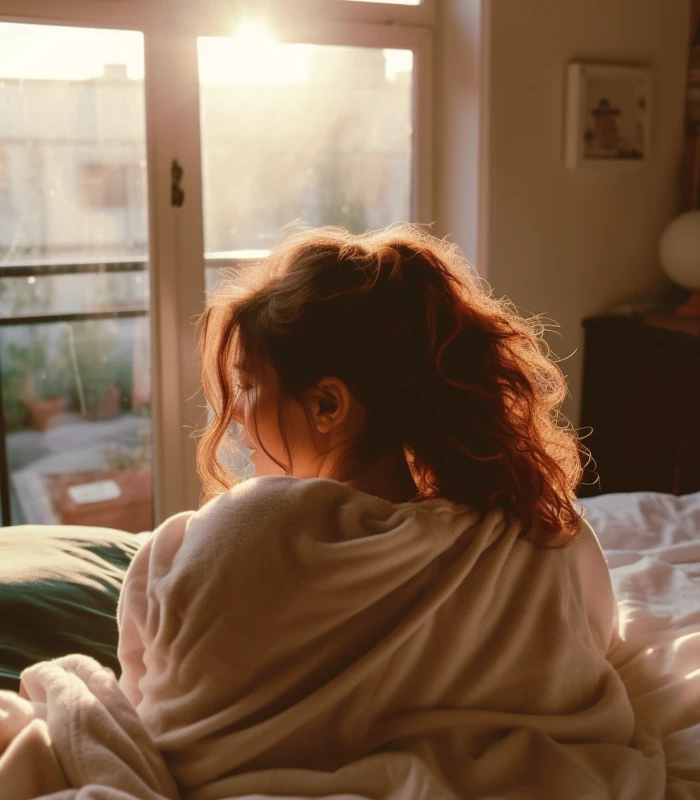
It is said that tretinoin and sunscreen go hand in hand, but you cannot use sunscreen with tretinoin in the same routine.
Sunscreen must be applied in the morning, at the last step of your tretinoin skincare routine. Tretinoin should be applied only at night. It should not be used in the AM because it is not photostable.
Must I Reapply Sunscreen?
It would be best to reapply sunscreen at least every two hours after showering, swimming, heavy sweating, etc. This is because the uniform film needed for the sunscreen to work breaks down during that period properly, and it needs to be formed again, regardless of whether you were exposed to sunlight in that period.
You must reapply sunscreen even if you are wearing makeup. Studies show that layering sunscreen with makeup is recommended because it may compensate for insufficient or incorrect sunscreen application, provide an additional source of UV protection, and improve coverage.
Windows do not block UVA rays, but the amount of UVA rays that reach you indoors depends on many variables. Here is a handy video by Lab Muffin explaining the situation. I suggest you watch it and decide if and when to wear sunscreen indoors. I want to note that it is still better to wear sunscreen when you don’t need to than accidentally not wearing it when you do need it, so the best practice is still putting on sunscreen every day regardless of what you plan to do.
Sunscreen does not need to sink into work: mineral and chemical sunscreens form a film on the skin that mainly absorbs UV rays and prevents the sun from causing damage.
Sunscreen filters have improved significantly in recent years, but the FDA in the US has not yet approved them. They are safe and effective.
What Happens If You Use Tretinoin without Sunscreen?
Not wearing sunscreen while on tretinoin creates more damage than the tretinoin is supposedly correcting.
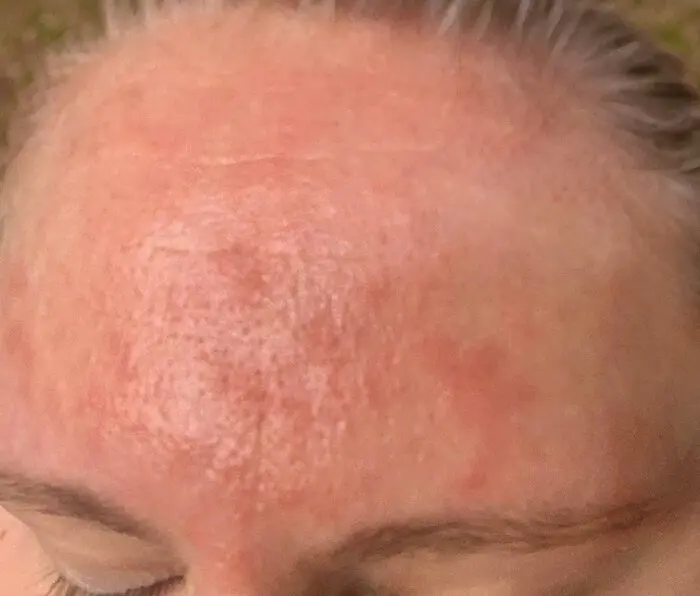
Tretinoin rapidly turns over cells. New cells should never be exposed to solar radiation. When anyone uses retinoids, they must wear sunscreen to protect the dermis.
In the short run, you risk burning your skin and damaging your skin barrier. In the long run, unprotected sun exposure creates hyperpigmentation, especially for those sensitized by retinoids.
Hyperpigmentation from sun exposure is a genuine concern. It’s one of the 14 significant pathways of the cascade effect of hyperpigmentation. Sun exposure is aging as it will break down the structural proteins and may create age spots2.
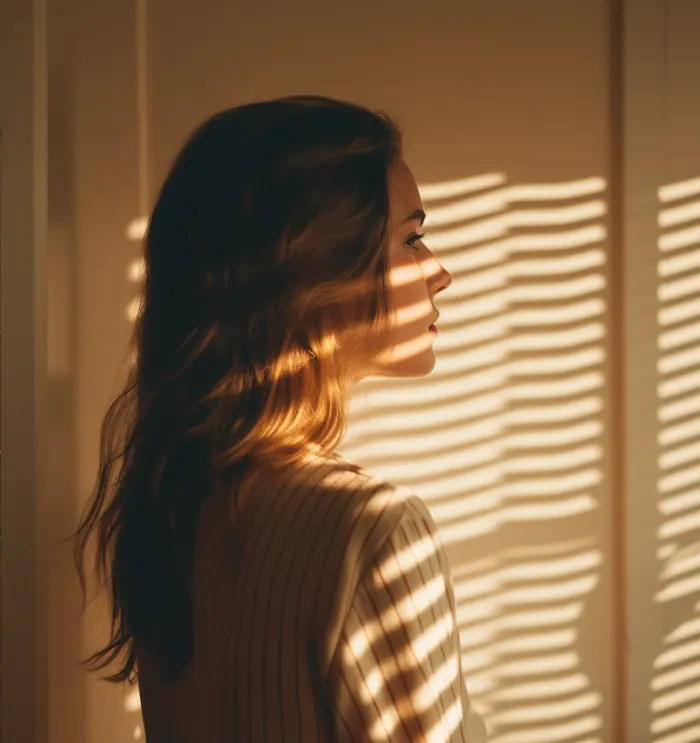
Should I Stop Using Tretinoin during the Summer Months?
The short answer is NO! For a more detailed explanation, I would consider a few points:
- Plenty of people live in tropical countries where the sun shines all year round, and they can use tretinoin without any issue with appropriate sun protection.
- The skin is more sensitive to the sun during retinization, but after a few months of consistent use, it returns to its natural state, so appropriate sun protection is enough.
- Pausing tretinoin during the summer would imply going through retinization every fall, which is not desirable.
- Appropriate sun protection should be the cornerstone of any anti-aging regimen regardless of the products used; taking a break from tretinoin cannot be a “free pass” for unprotected sun exposure since that would erase all the benefits of your skincare.
Should I Continue Using Sunscreen Even If I Am Breaking Out?
Yes! Use a non-comedogenic sunscreen daily, even in the initial purging stages.
The Best Sunscreen to Use with Tretinoin
The Garden of Muses team has tested hundreds of sunscreens and has gathered this lovely list based on sunscreen’s:
- effectiveness,
- beneficial ingredients,
- (lack of) alcohol, fragrance, essential oils,
- comedogenicity,
- texture,
- finish,
- (lack of) eye-sting,
- (lack of) white-cast,
- how it wears under makeup.
Tretinoin users wondering what is the best sunscreen to use with tretinoin should know that the best sunscreen is the one you can use in an adequate amount and are glad to reapply throughout the day.
The best sunscreen is the one you’ll use. Pick one that has a consistency you like and will use to suit your skin needs. If you have an SPF 30+ sunscreen you love, use that! And remember, skin needs can change over time.
1. Beauty of Joseon Relief Sun: Rice + Probiotics
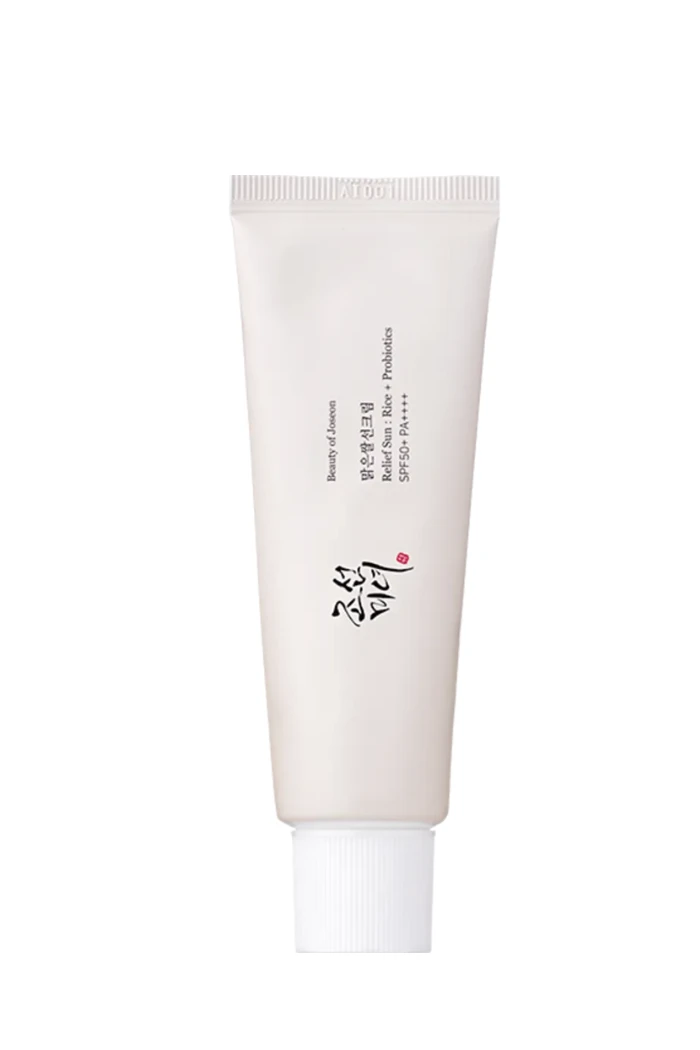
The Beauty of Joseon Relief Sun is an absolute dream for its effectiveness, price, and overall how it sits and feels on my skin. I have found this to be the best sunscreen to use with tretinoin because it is so satisfying to apply, so I feel no need to skip it when it’s cloudy or apply less of it. Moreover, it is very moisturizing, so it suits tretinoin users who experience dry and flaky skin in the initial stages of retinization.
Effectiveness & Waterproofness
It is a chemical sunscreen with SPF50+ PA++++ protection and third-party tested. I have worn it while jogging and hiking, and I have never had a sunburn while using this product. Still, the manufacturer does not state the waterproofness of this sunscreen.
UV Filters: Uvinul A Plus, Uvinul T 150, Tinosorb M, Uvasorb HEB
Ingredients explained:
Beauty of Joseon creates skincare using traditional Hanbang (aka Korean herbal medicine) techniques and ingredients. Thus, you will find rice, ginseng, extracts, and traditional methods such as fermentation in this sunscreen.
This BOJ sunscreen contains anti-acne ingredients such as niacinamide that, along with adenosine, form an anti-aging team. It also contains soothing ingredients such as green tea and many antioxidants: Ginseng Root Extract, Rice Ferment, and vitamin E.
The good news for those with sensitive skin is that Beauty of Joseon Relief Sun is EWG green-level certified and alcohol, fragrance, and essential oil-free.
Comedogenic ingredients: Tocopherol (2/5), Butylene Glycol (1/5), Carbomer (1/5).
Fungal acne-triggering ingredients: Polyglyceryl-3 Methylglucose Distearate.
Texture: I have learned that texture and how sunscreen feels on my skin plays a huge role in whether or not I like a product. Beauty of Joseon is one of those skincare brands that get skincare textures so incredibly right, and their Relief Sun: Rice + Probiotics is no exception.
Finish: The Beauty of Joseon sunscreen feels very light, like a watery serum, and as it gently glides into my skin, it starts sinking in and feels utterly weightless without any stickiness. Still, it moisturizes my skin very well.
Eyes: It doesn’t sting the eyes.
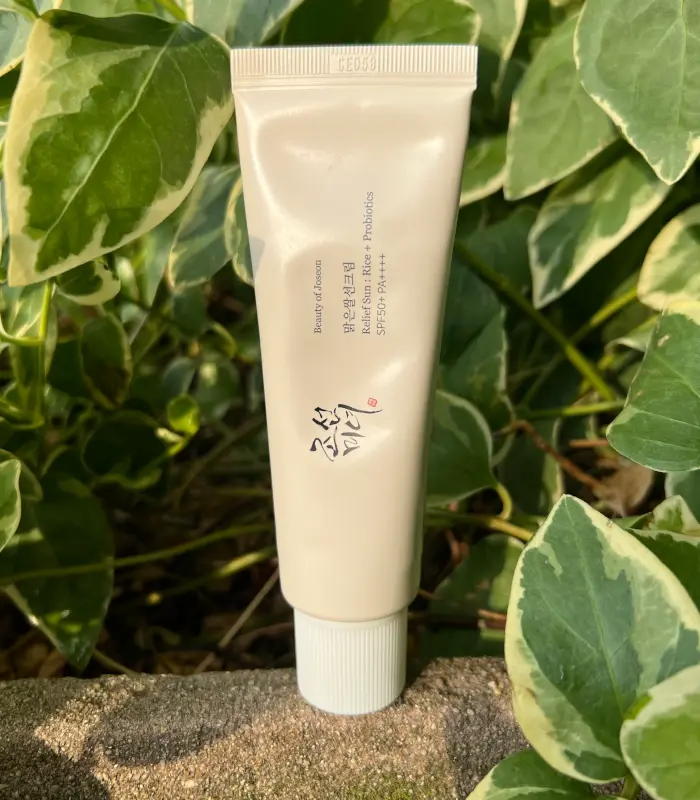
We Like
- Third-party lab-tested
- new-generation photostable filters
- moisturizing
- lightweight
- no white cast
- suitable for all skin types
- wears well underneath makeup
- doesn’t sting the eyes
- affordable, very often on sale
We Don’t Like
- not readily available in the US
White cast: There is an initial white cast, but it fades quickly. I have a deeper skin tone and experience zero lingering white cast.
Makeup: This sunscreen sits beautifully underneath makeup and helps my makeup last on some of the most sweltering hot days. It feels weightless, has no white cast or scent, and stays put. There is a reason why this is one of my favorites and why I have been using it religiously over the past few months.
To know more about why this sunscreen went viral, read the in-depth review of Beauty of Joseon Relief Sun: Rice + Probiotics.
Price: $12-$18 (~$9 per ounce)
Beauty of Joseon Relief Sun Ingredients List (last check 2025)
Water, Oryza Sativa (Rice) Extract (30%), Dibutyl Adipate, Propanediol, Diethylamino Hydroxybenzoyl Hexyl Benzoate, Polymethylsilsesquioxane, Ethylhexyl Triazone, Niacinamide, Methylene Bis-benzotriazolyl Tetramethylbutylphenol, Coco-caprylate/Caprate, Caprylyl Methicone, Diethylhexyl Butamido Triazone, Glycerin, Butylene Glycol, Oryza Sativa (Rice) Germ Extract, Camellia Sinensis Leaf Extract, Lactobacillus/Pumpkin Ferment Extract, Bacillus/Soybean Ferment Extract, Saccharum Officinarum (Sugarcane) Extract, Macrocystis Pyrifera (Kelp) Extract, Cocos Nucifera (Coconut) Fruit Extract, Panax Ginseng Root Extract, Monascus/Rice Ferment, Pentylene Glycol, Behenyl Alcohol, Poly C10-30 Alkyl Acrylate, Polyglyceryl-3 Methylglucose Distearate, Decyl Glucoside, Tromethamine, Carbomer, Acrylates/C10-30 Alkyl Acrylate Crosspolymer, 1,2-Hexanediol, Sodium Stearoyl Glutamate, Polyacrylate Crosspolymer-6, Ethylhexylglycerin, Adenosine, Xanthan Gum, Tocopherol, Lactobacillus/Rice Ferment, Aspergillus Ferment, Saccharomyces/Rice Ferment Filtrate.
UV filters Herbs Humectant/Moisturizing Active Ferments
2. Numbuzin No.1 Clear Filter Sun Essence
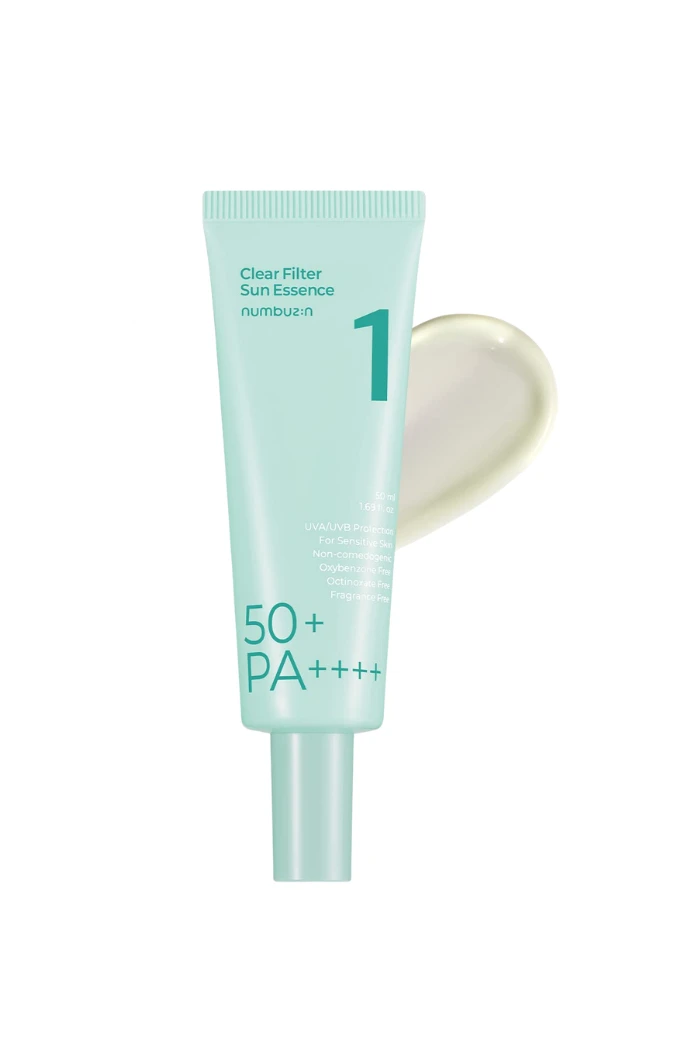
The Numbuzin No.1 Clear Filter Sun Essence is the Asian Beauty community’s latest darling. It has a healthy and dewy finish but doesn’t look or feel oily. It dries in about three minutes and wears nicely under makeup. When my skin is feeling a little dry, this gives it that little bit of extra nourishment and TLC.
Effectiveness & Waterproofness
It is a chemical sunscreen with broad spectrum protection of SPF50+ PA++++. The manufacturer does not state the waterproofness of this sunscreen.
UV Filters: Uvinul T 150, Mexoryl SX, Uvinul A Plus, Parsol SLX, Tinosorb S.
Ingredients explained:
I love how this sunscreen is loaded with potent anti-inflammatory and soothing herbs. Licorice Root, Centella Asiatica, and Houttuynia Cordata are the list’s first three ingredients, making up almost 50% of this sun essence! These are potent anti-inflammatory and soothing herbs. It also includes Astragalus Membranaceus Root Extract, known as Milk Vecht Root, which has been used in Eastern medicine for thousands of years. These herbs visibly soothe and reduce my acne scars and have helped reduce redness around my nose.
It is also alcohol, fragrance, and essential oil-free.
Comedogenic ingredients: Cetearyl Alcohol (2/5), Butylene Glycol (1/5), Carbomer (1/5).
Fungal acne-triggering ingredients: Polyglyceryl-3 Methylglucose Distearate, Cetearyl Alcohol, Glyceryl Stearate, and Glyceryl Stearate Citrate.
Texture: This sunscreen feels like a viscous toner. It’s very light and is easy to blend. It feels refreshing, like water, and absorbs fast upon application.
Finish: My face feels plump, soft, and protected with a natural – dewy on my oily skin.
Eyes: Does not sting my eyes.
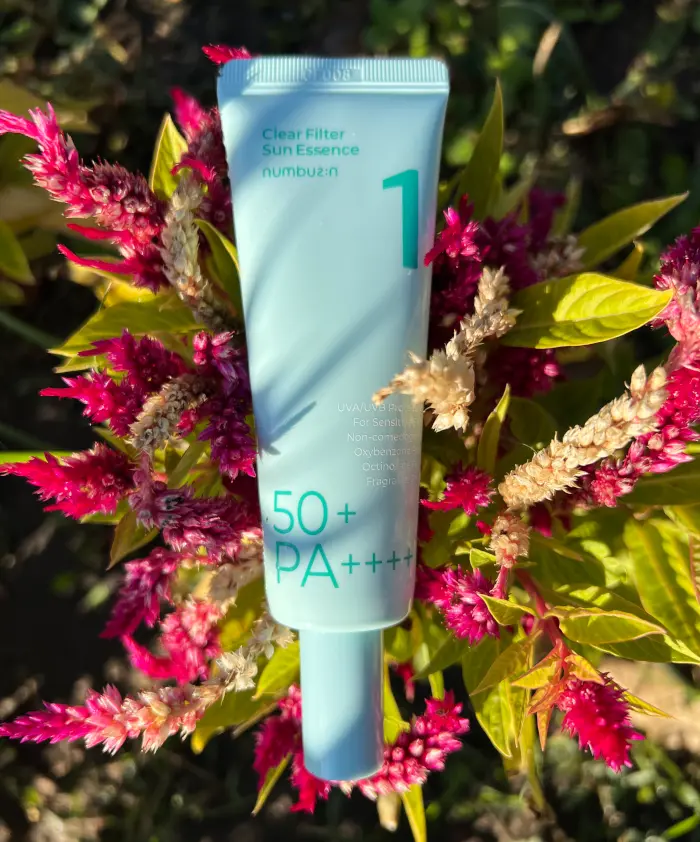
We Like
- no white cast
- viscous toner consistency
- easy to blend
- no scent
- calming
- non-comedogenic
- not sticky
- doesn’t sting my eyes
- reef-friendly
- Benzophenone- and Octinoxate-free
- affordable
We Don’t Like
- None!
White cast: No white skin, even on deeper skin tones.
Makeup: It works well with various makeup products and doesn’t pill at all.
I highly recommend this one to everyone, especially those going through the dreaded tretinoin purge. If you want to read more, here is Mia’s in-depth Numbuzin No.1 Clear Filter Sun Essence review.
Price: $12-$19 (~$9 per ounce)
Numbuzin No.1 Clear Filter Sun Essence Ingredients List (product launched in 2023)
Glycyrrhiza Glabra (Licorice) Root Water (20.55%), Centella Asiatica Extract (15%), Houttuynia Cordata Extract (14.25%), Purified Water, Dibutyl Adipate, Propanediol, Butyloctyl Salicylate, Ethylhexyl Triazone, Terephthalylidene Dicamphor Sulfonic Acid, Polymethylsilsesquioxane, Niacinamide, Tromethamine, Polyglyceryl-3 Distearate, 1,2-Hexanediol, Pentylene Glycol, Diethylamino Hydroxybenzoyl Hexyl Benzoate, Cetearyl Alcohol, Caprylyl Methicone, Polysilicone-15, Melia Azadirachta Leaf Extract, Coccinia Indica Fruit Extract, Eclipta Prostrata Extract, Melia Azadirachta Flower Extract, Anastatica Hierochuntica Extract, Hyacinthus Orientalis (Hyacinth) Extract, Polygonatum Officinale Rhizome/Root Extract, Lycium Chinense Fruit Extract, Velvet Extract, Ophiopogon Japonicus Root Extract, Polygonum Multiflorum Root Extract, Astragalus Membranaceus Root Extract, Atractylodes Lancea Root Extract, Laminaria Japonica Extract, Ulmus Davidiana Root Extract, Aloe Barbadensis Leaf Extract, Viola Mandshurica Flower Extract, Dioscorea Japonica Root Extract, Sodium Hyaluronate, Glyceryl Stearate, Bis-Ethylhexyloxyphenol Methoxyphenyl Triazine, Potassium Cetyl Phosphate, Butylene Glycol, Methylpropanediol, Carbomer, Acrylate/C10-30 Alkyl Acrylate Crosspolymer, Glyceryl Stearate Citrate, Ethylhexylglycerin, Xanthan Gum, Adenosine, Polyether-1, Madecassoside, Biosaccharide Gum-1, Glycerin, Dimethylsilanol Hyaluronate, Hydrolyzed Sodium Hyaluronate, Hydrolyzed Hyaluronic Acid, Potassium Hyaluronate, Hyaluronic Acid, Sodium Hyaluronate Crosspolymer, Hydroxypropyltrimonium Hyaluronate, Sodium Hyaluronate Dimethylsilanol, Sodium Acetylated Hyaluronate.
Brightening Herbal Surfactant Sun filter Active Hydrating/Moisturizing
3. Supergoop! Unseen Sunscreen SPF 40
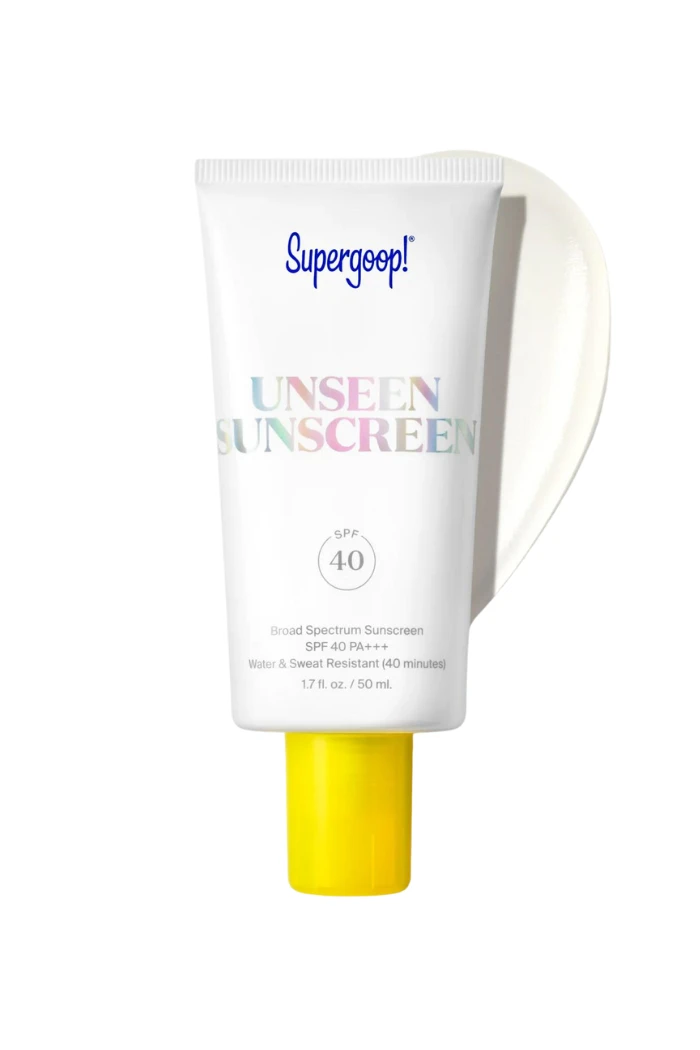
Supergoop! Unseen Sunscreen SPF 40 is one of my favorites for hot, humid weather or beach activities. I sweat so much during the summer that this waterproof sunscreen is perfect for protecting me from the sun. It is a great non-white cast option that tretinoin users will actually want to apply.
I love this formula on those no-makeup days (i.e., on holiday!).
We Like
- Contains Vitamin E;
- Absolutely no white cast;
- Unscented
We Don’t Like
- Pricey
Effectiveness & Waterproofness
It is a chemical sunscreen with SPF40 protection and third-party tested.
Comedogenic ingredients: Tocopherol (2/5)
Texture: It is a smooth, clear gel that absorbs instantly.
Finish: Sinks nicely, but not entirely, as it leaves a satin-like hydrating feel.
Eyes: It didn’t sting my sensitive eyes even after being in the water.
White cast: This Supergoop! Unseen Sunscreen SPF 40 is completely transparent on all skin tones. It has no white cast whatsoever, even on deeper skin tones.
Makeup: It works as a makeup primer.
Price: $38 (~22$ per ounce)
UV Filters: Avobenzone (3%), Homosalate (8%), Octisalate (5%), Octocrylene (4%)
Fungal acne-triggering ingredients: Isopropyl Palmitate, Stearic Acid
Ingredients explained:
Supergoop! Unseen Sunscreen SPF 40 contains dimethicone as one of its main ingredients, a silicone common in most makeup primers.
Supergoop! Unseen Sunscreen SPF 40 Ingredients List (last checked 2025)
Active Ingredients: Avobenzone (3%), Homosalate (8%), Octisalate (5%), Octocrylene (4%)
Inactive Ingredients: Isododecane, Dimethicone Crosspolymer, Dimethicone/Bis-Isobutyl PPG-20 Crosspolymer, Polymethylsilsesquioxane, Isohexadecane, Dicaprylyl Carbonate, Meadowfoam Estolide, Caprylic/Capric Triglyceride, Polyester-7, Neopentyl Glycol Diheptanoate, Lithothamnion Calcareum Extract, Caprylyl Glycol, Butyrospermum Parkii (Shea) Butter, Jojoba Esters, Mannitol, Boswellia Serrata Resin Extract, Lecithin, Microcrystalline Cellulose, Diatomaceous Earth, Zinc Sulfate, Silica, Tocopherol
4. Goodal Houttuynia Cordata Calming Moisture Sun Cream

Goodal Heartleaf Calming Moisture Sun Cream is an underrated sunscreen. I hope it soon gets the attention it deserves.
I like it more than the Round Lab Birch Juice Moisturizing Sun Cream* because it sinks in quicker. It doesn’t sting my eyes. It is a cosmetically elegant, non-sticky, non-greasy, antioxidant, and calming sunscreen with no cast.
This sunscreen is not the most hydrating, but I moisturize my skin anyway, and this sits on top very, very well.
If you want to learn more, please read Adela’s Goodal Heartleaf Calming Moisture Sun Cream Review.
Effectiveness & Waterproofness
It is a chemical sunscreen with SPF50+ PA++++ protection and third-party tested.
UV Filters: Uvinul A Plus, Uvinul T 150, Tinosorb M, Iscotrizinol.
Ingredients explained:
Due to its numerous benefits for the skin, heartleaf has become a common ingredient in Asian beauty.
Heartleaf, the namesake of this sunscreen, is a potent antioxidant herb used in traditional Korean herbal medicine as a robust anti-inflammatory agent for treating atopic dermatitis and acne and healing the skin barrier3. Using its antioxidant super-power, Houttuynia cordata has been proven to protect and attenuate UVB damage4. Heartleaf also has anti-aging benefits by preventing the degradation of collagen, elastin, and hyaluronic acid in the skin. On top of its antioxidant and anti-inflammatory properties, research has found that Houttuynia Cordata serves as a fantastic humectant, i.e., attracting water and hydrating the skin5.
Comedogenic ingredients: Butylene Glycol (1/5), Carbomer(1/5), Tocopherol (2/5)
Fungal acne-triggering ingredients: Polyglyceryl-3 Methylglucose Distearate
Texture: It does not have weird smells or a sticky or powdery finish. It disappears immediately.
Finish: It’s soothing, light, and moisturizing, leaving a satin finish.
Eyes: Does not sting!
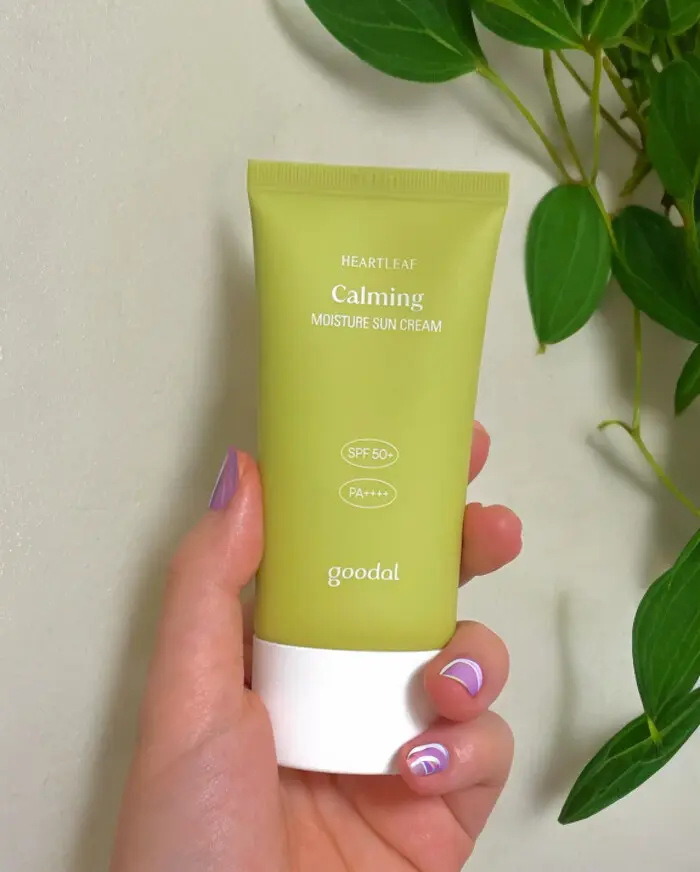
We Like
- satin finish
- lightweight
- non-sticky
- non-greasy
- no eye sting
- no white cast
- vegan
- reef-safe
- affordable
We Don’t Like
- not waterproof
- not readily available
White cast: none
Makeup: Successfully passes the makeup test
Price: $11-$16 (~11$ per ounce)
Goodal Heartleaf Calming Moisture Sun Cream Ingredients List (last checked 2025)
Water, Dibutyl Adipate, Propanediol, Polymethylsilsesquioxane, Diisopropyl Sebacate, Diethylamino Hydroxybenzoyl Hexyl Benzoate (Uvinul A Plus), Ethylhexyl Triazone (Uvinul T 150), Methylene Bis-Benzotriazolyl Tetramethylbutylphenol (Tinosorb M), Coco-Caprylate/Caprate, Diethylhexyl Butamido Triazone (Iscotrizinol), Butylene Glycol, Glycerin, 1,2-Hexanediol, Caprylyl Methicone, Houttuynia Cordata Extract, Pentylene Glycol, Behenyl Alcohol, Polyglyceryl-3 Methylglucose Distearate, Decyl Glucoside, Tromethamine, Carbomer, Acrylates/C10-30 Alkyl Acrylate Crosspolymer, Sodium Stearoyl Glutamate, Polyacrylate Crosspolymer-6, Ethylhexylglycerin, Xanthan Gum, T-Butyl Alcohol, Tocopherol.
Ingredients referred from Club Clio Website.
UV filters Herbs Active Ferments Humectant/Moisturizer
5. COSRX Vitamin E Vitalizing Sunscreen
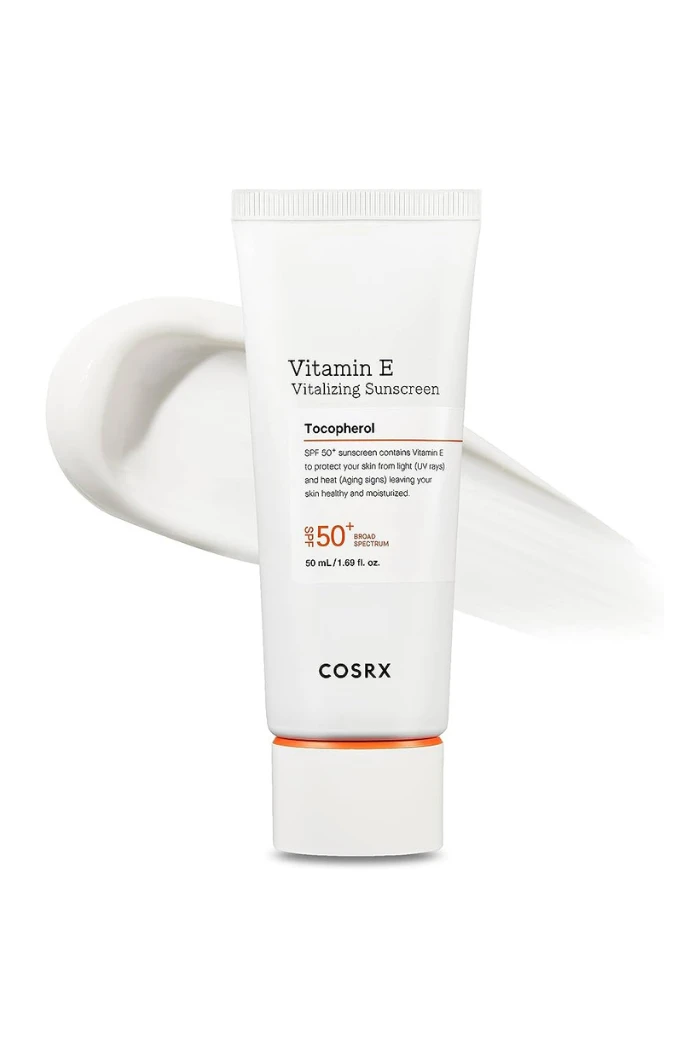
The COSRX Vitamin E Vitalizing Sunscreen is incredibly moisturizing. Perhaps a little too much for oily skin types; this sunscreen is better for drier skin types. It provides sun protection for tretinoin users and moisturizes beautifully flaky and dry skin. Read the in-depth review on the Cosrx Vitamin E Vitalizing Sunscreen.
The COSRX Vitamin E Vitalizing Sunscreen seamlessly integrated into my skincare routine, joining the COSRX The Vitamin C 23 Serum, COSRX AHA/BHA Clarifying Treatment Toner, and the COSRX Centella Blemish Cream. Together, they form a winning combination for my daily skincare needs.
The COSRX Vitamin E Vitalizing Sunscreen is the most moisturizing of all the sunscreens mentioned here. It acts as a sunscreen and moisturizer in one and is perfect for those who want to cut the extra layers in their skincare routine. While this feels a little heavier than most sunscreens mentioned in this post, it is still lightweight compared to other sunscreens I have used.
Effectiveness & Waterproofness
It is a chemical sunscreen with SPF50+ PA++++ protection and third-party tested. The manufacturer notes that this sunscreen is not water-resistant.
UV Filters: Homosalate, Octocrylene, Octisalate, Avobenzone
Comedogenic ingredients: Cetyl Alcohol (2/5), Sorbitan isostearate (2/5), Tocopherol (2/5), Butylene Glycol (1/5), Dimethicone (1/5), PEG-100 Stearate (1/5)
Fungal acne-triggering ingredients: Glyceryl Stearate, PEG-100 Stearate, Polysorbate 20, Sorbitan Isostearate
Texture: When applied, the COSRX Vitamin E Vitalizing Sunscreen has a very faint smell of sunscreen (it’s very light), and the scent does disappear upon application.
Finish: When I apply it to the skin, I find that this melts into the complexion without leaving a white cast but also works too well to plump the skin and keep all other skincare ‘locked’ into the skin.
Eyes: Kind of stings
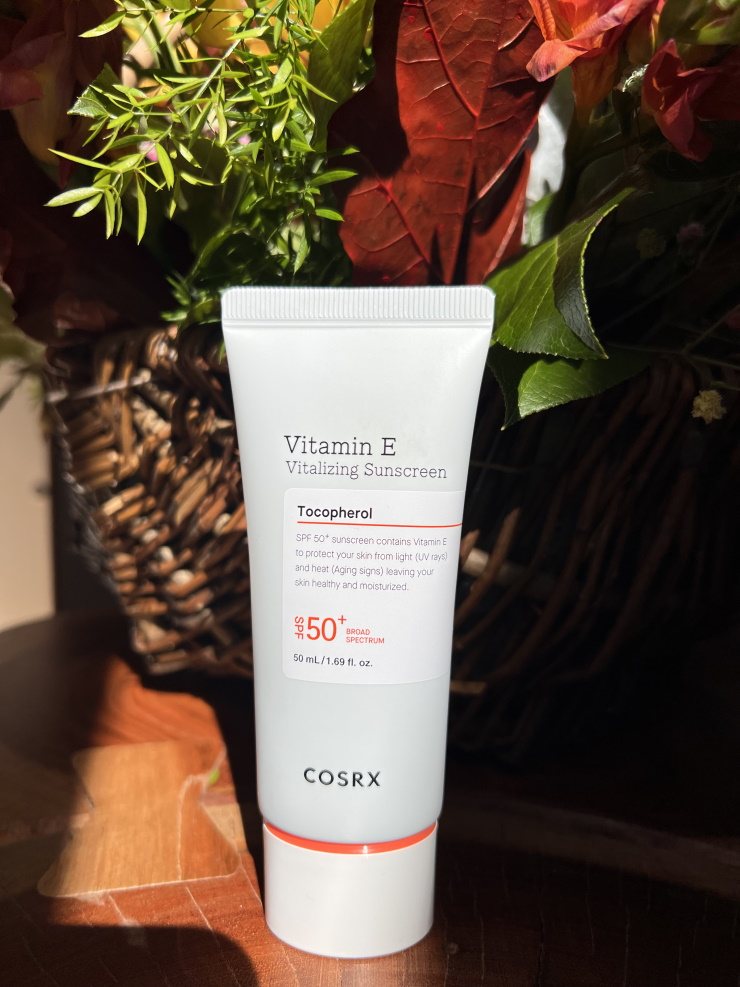
White cast: The COSRX sunscreen has no white cast.
We Like
- No white cast
- Very moisturizing
- Effective
We Don’t Like
- Feels heavy
- Stings my eyes
- Fragranced
Makeup: It dries down to a dewy finish and works well underneath makeup.
Price: $12-$20 (~10$ per ounce)
COSRX Vitamin E Vitalizing Sunscreen Ingredients List (last checked 2025)
Water, Propanediol, Homosalate, Octocrylene, Ethylhexyl Salicylate(Octisalate), Butyloctyl Salicylate, Butyl Methoxydibenzoylmethane (Avobenzone), Diphenylsiloxy phenyl Trimethicone, Dimethicone, VP/Eicosene Copolymer, Silica, Trisiloxane, Cyclopentasiloxane, Trimethylsiloxysilicate, 1,2-Hexanediol, Behenyl alcohol, Glyceryl stearate, PEG-100 stearate, C14-22 alcohols, Cetyl alcohol, Potassium cetyl phosphate, Polyacrylate-13, Polyisobutene, Fragrance / Parfum, C12-20 Alkyl glucoside, Butylene glycol, Disodium EDTA, Ethylhexylglycerin, Polysorbate 20, Sorbitan Isostearate, Dextrin, Theobroma cacao (cocoa) extract, Gossypium herbaceum (cotton) extract, Glucose, Tocopherol.
Ingredients referred from the COSRX’s official website.
Sunscreen Filters Active Herbal Moisturizing/Humectant Fragrance
6. ISDIN Eryfotona Actinica
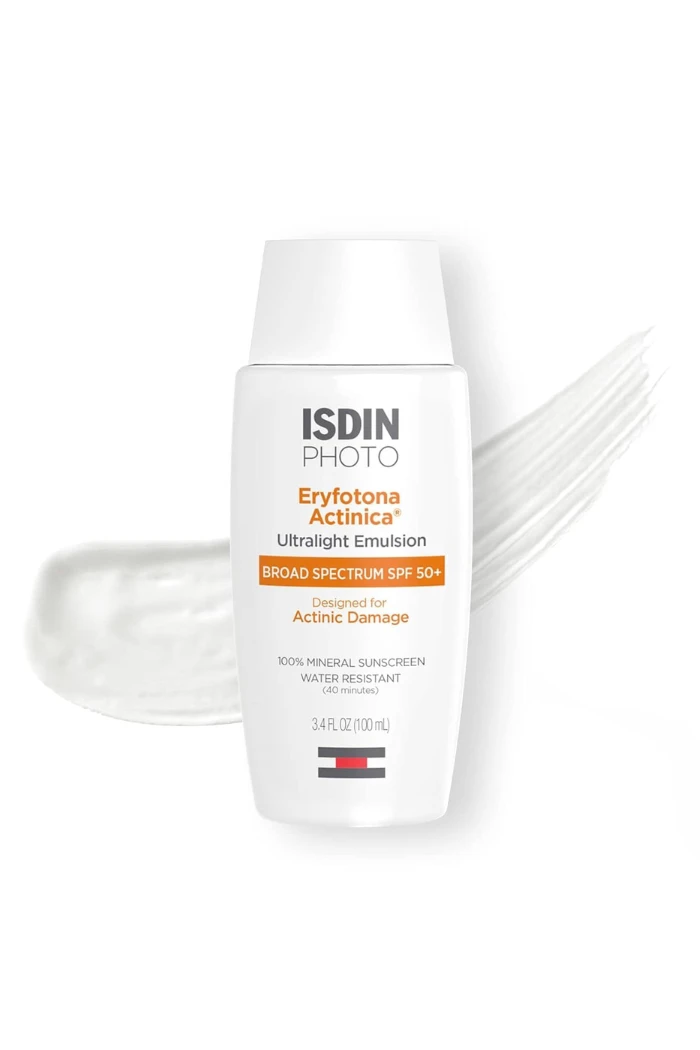
ISDIN Eryfotona Actinica is a European 100% mineral sunscreen with broad-spectrum protection of SPF50+. I purchased this in need of barrier protection for my dry “tretinoin skin.”
“Actinica” comes from actinic keratoses, also called solar keratoses, which are dry, scaly patches of skin that have been damaged by the sun. One of the things that makes this sunscreen unique is that it not only protects but also helps repair sun damage with its innovative “DNA Repairsomes.”
For those looking for a comfortable mineral sunscreen without the white cast, the ISDIN Eryfotona Actinica is a great product. With a formula comprised of 11% Zinc Oxide, this formula is perfect for those who like to opt more for a physical sunscreen that is also cosmetically elegant. ISDIN Eryfotona Actinica feels relatively lightweight when applied to the skin, leaves a matte finish, smells a little bit of honey, and, most importantly, does not leave a white cast. It simply melts into the skin to protect it from the sun’s UVA and UVB rays.
It is very comparable to the Tatcha sunscreen. I found that this works quite well as a primer, as its matte finish provides a smooth surface for foundation.
Effectiveness & Waterproofness
ISDIN Eryfotona Actinica is a European 100% mineral sunscreen with broad spectrum protection of SPF50+.
UV Filters: Zinc Oxide (11%)
Ingredients explained:
Plankton extract contains DNA repair enzyme photolyase, a novel ingredient incorporated into this sunscreen to complement our DNA repair mechanisms and thus expand the photoprotective abilities of sunscreens to photo repair. Photolyase can repair UV-induced DNA damage that has already occurred, whereas sunscreens, in general, protect against further damage6.
The protection is enhanced by including additional ingredients, such as antioxidants, or natural molecules, such as herbal extracts, lichens, and biomolecules, as photoprotection alternatives and enhancers.
Comedogenic ingredients: Plankton extract (3/5), Ascorbyl Palmitate (2/5), Tocopherol (2/5), Butylene Glycol (1/5), Dimethicone(1/5).
Fungal acne-triggering ingredients: PEG-30 Dipolyhydroxystearate, Glyceryl Stearate, Ascorbyl Palmitate
Texture: I was pleasantly surprised by how this one felt in use. It is liquid and super lightweight but still feels hydrating like a serum. I never feel a heavy product on my skin or that greasy or sticky feeling during the day. Tiny smell, nothing offensive.
Finish: Mattified, it doesn’t keep the glow that it had when I first applied it.
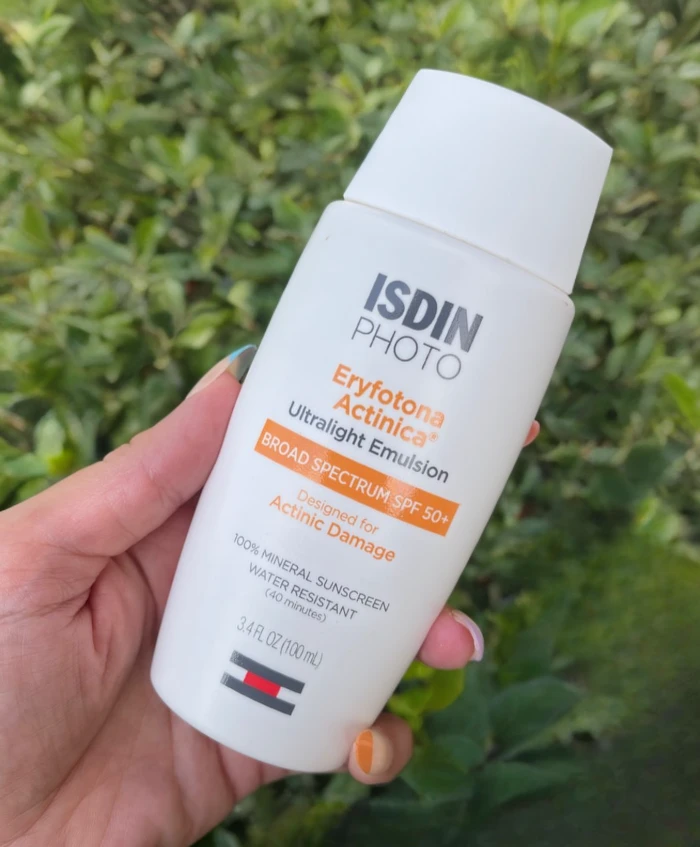
White cast:
It blends very well for a physical sunscreen, and even though it doesn’t have the crystal clear finish that many chemical sunscreens have, the finish of this is very smooth and satin-like. There’s no white cast in the traditional old-school sunscreen sense. However, there is a slight brightening/whitening/ or, be it, a ‘tone up effect’ that I enjoy and sometimes even reach for over the invisible sunscreen types.
Transparent mineral sunscreens don’t exist. Zinc oxide is an insoluble white powder, which means it must be dispersed in the final formula rather than dissolved. There will always be some degree of white cast, no matter how nice your mineral sunscreen is. It just might be more tolerable on your specific skin tone because you have a very light skin tone, a tint that works very well for your skin tone, or the zinc oxide is particularly well dispersed or made of nanoparticles.
A universally flattering mineral sunscreen that works for every skin tone does not exist and will never exist because of the inherent properties of zinc oxide.
Transparent mineral sunscreens don’t exist, but transparency in marketing mineral sunscreens can.
We Like
- very lightweight
- spreadable
- not sticky
- essential oil-free.
We Don’t Like
- slight white cast
- fragrance
- expensive
Makeup: ISDIN Eryfotona Actinica feels comfortable on the skin and doesn’t interfere with the skincare products underneath. I also love how beautifully it wears under makeup.
Price: $70 (~$20 per ounce)
ISDIN Eryfotona Actinica (last checked 2025)
Active Ingredients: Zinc Oxide (11%)
Inactive Ingredients: Water, Diethylhexyl Carbonate, Dibutyl Adipate, Cyclopentasiloxane, Dicaprylyl Carbonate, Alcohol Denat, Cyclohexasiloxane, Butylene Glycol, PEG-30 Dipolyhydroxystearate, Nylon-12, PEG-10 Dimethicone, Dimethicone, Sodium Chloride, Phenoxyethanol, Disteardimonium Hectorite, Triethoxycaprylylsilane, Tocopheryl Acetate, Glyceryl Stearate, Fragrance, Bisabolol, Disodium EDTA, Ethylhexylglycerin, Panthenol, PEG-8, Tocopherol, Lecithin, Plankton Extract, Ascorbyl Palmitate, Ascorbic Acid, Citric Acid.
Ingredients referred from the ISDIN’s official website.
Sunscreen Filters Active Herbal Moisturizing/Humectant Fragrance
Read Next
Learn how to remove sunscreen effectively with the Korean Double Cleansing Method.

Final Thoughts
Keeping your skin protected from the sun is one of the easiest ways to keep it looking younger for longer. With so many great textures and formulas for every skin type available now, there is no excuse not to wear SPF daily.
The quest for the perfect sunscreen can be long and complicated, and everyone will have different preferences. It’s worth pointing out that the best sunscreen for tretinoin users is the one you are happy to apply every morning and reapply during the day as needed without any discomfort.
Besides sunscreen, you should protect yourself from the sun, especially between 10:00 a.m. and 4:00 p.m., when the sun’s rays are strongest. Stay in the shade whenever possible.
Wear a broad-spectrum sunscreen even on cloudy days. Reapply sunscreen outdoors every two hours, especially if swimming or sweating.
Wear protective clothing. Investing in a well-made, wide-brimmed hat with UV protection is an excellent idea. Wear sunglasses with ultraviolet protective lenses.
Disclaimer
Tretinoin shouldn’t be used by those who are pregnant, considering getting pregnant, or nursing. Please consult with your doctor before use.
I was not paid for this post nor received the above sunscreens as a gift.
As always, you do you; be kind to your skin and yourself! Remember that every person’s skin and skin type is different, so what might work for me might not work for you, and vice versa. So, before adding sunscreen to your skincare routine, it pays to do research first.
Before adding sunscreen to your tretinoin skincare regimen, ensure you are not allergic to it or its ingredients. You should also consult your doctor if you are pregnant or breastfeeding or have any medical conditions or medications that may interact with the listed sunscreens. Always do a patch test before applying the sunscreen on your skin to avoid adverse reactions.
I am not a dermatologist or licensed aesthetician, but I have sufficient experience and knowledge gained by testing multiple products and self-exploration. Unsure? It’s best to consult your dermatologist.
Happy shopping, and don’t forget the sunscreen! Here’s to great skin in 2025!
